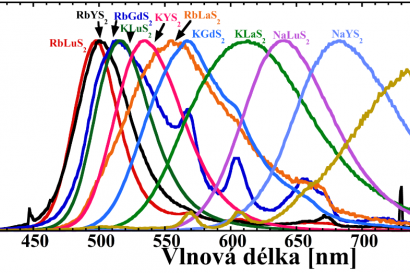Our research addresses the behavior of electrons in semiconductor nanostructures. We employ concepts from quantum mechanics, thermodynamics, electrodynamics and nonlinear optics for the description of materials and devices, where quantum confinement plays a crucial role. Our team develops non-equilibrium Green’s functions and Boltzmann equation solvers for the quantitative modeling of quantum cascade lasers and electrical transport in semiconductor superlattices. A superlattice is an artificial heterostructure, in which alternating nanometer-thick layers of two or more different semiconductor crystals comprise a spatially periodic potential for the conduction electrons. This type of "superstructure” provides a medium that hosts rich dynamics in the presence of a driving field, which include the formation of Stark ladders, the manifestation of Bragg reflections, and Bloch oscillations which cannot be easily observed in natural crystals. These nonlinear electron dynamic properties arise from the distinctive miniband energy dispersion of a superlattice and from the effects of externally applied electromagnetic fields. We currently focus on nonlinear optics in the gigahertz–terahertz and mid-infrared ranges by studying non-perturbative high-frequency multiplication effects in the superlattices. Finally, we support applied physics development of sensors for water quality control that are based on quantum cascade lasers.
Nonlinear Optics in Semiconductor Nanostructures
Text
Theme is contributed to by
Phone:
+420 266 05 2153
Phone:
+420 266 05 2926





